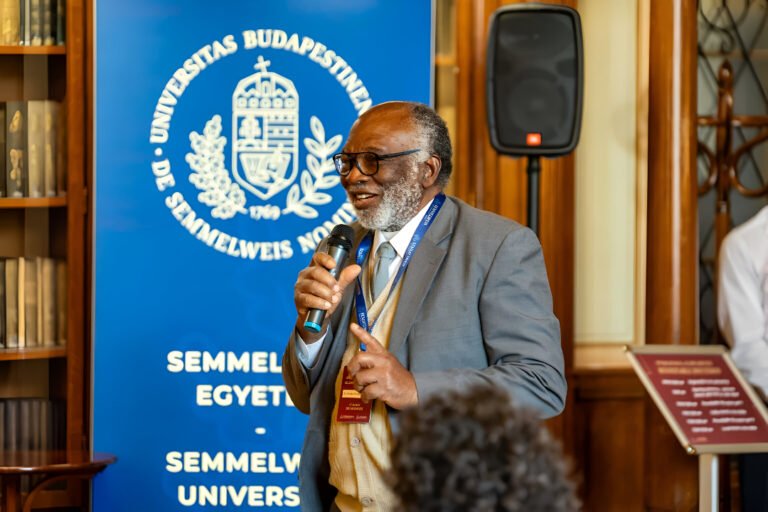
Óbuda University recently hosted a mini-conference titled “Research and Innovation in Rare Diseases,” where experts presented findings from the EU Horizon 2020-funded BUR-EB project. The event, organized by the Health Economics Research Center (HECON), focused on epidermolysis bullosa (EB), a rare genetic skin disorder that leads to severe blistering, chronic wounds, and in extreme cases, disability.
The BUR-EB project assessed the socio-economic impact of EB across seven countries (Spain, France, Germany, Italy, Hungary, Austria, and Bulgaria). It highlighted the steep costs of managing EB, especially with new gene therapies that can reach $600,000 per patient annually, and the role of robot-assisted care. These innovations bring hope but pose serious financial challenges, even for wealthy nations.
Key speakers included:
- Prof. Dr. Márta Péntek (HECON), who leads Hungary’s contribution, analyzing international data and health economics.
- Renata Linertova (Spain), who outlined how health technology assessments guide funding decisions.
- Dr. Zsombor Zrubka, who presented on adapting quality-of-life surveys to Hungarian.
- Prof. Dr. László Gulácsi, who discussed the complexities of comparing healthcare costs across countries.
- Dr. Áron Hölgyesi, who shared early survey results showing that family care remains a major cost factor everywhere.
- Dr. Márta Medvecz (Semmelweis University), noted how new therapies are starting to change treatment landscapes in Hungary.
- Dr. Gábor Pogány, representing patient organizations, stressed the importance of including patient perspectives.
The BUR-EB initiative is funded by the EU Horizon 2020 program and Hungary’s National Research, Development and Innovation Office.
Source: Óbuda University Health Economics Research Center (HECON)






